Blog: Using Eye Tracking to Identify High Performance Potential in Athletes
In our discussions with many sports organizations over the past year, we’ve fielded many interesting questions from team health and performance personnel representing professional and collegiate sport. Rightfully so, as many have differing agendas and want to fully explore and vet all of our relevant details from ease of use and feasibility of testing to reliability measures used on our platform. However, team executives ALL want to know the same thing – “Can I identify high performance and/or someone that will improve under our player development system to someone that will not, before I draft them?”
Simple question, right? Well the answer is yes. And no. Sounds complicated, I know. So, let me explain.
In honor of the upcoming NFL draft and MLB opening day, I thought I’d take you on a deeper dive to how we can evaluate eye tracking performance more discriminately to answer this question. But first we have to break it down even further into a few, more detailed questions. Why? Because when I hear a team executive ask this question, what they really want to know is:
- How do I know if someone has bad eye tracking or is just fatigued from a poor night sleep? Many prospects are nervous before workouts and don’t sleep well before performing.
- If I only get to meet with the prospect once before the draft, and I use your system, can I tell if they have room to improve with specific training that our staff provides?
- If someone has “normal” eye tracking performance for their age/sport, is there still room to improve it if we draft them?
You see, these questions are very similar, but require different explanations. But before we examine these questions in more detail, let’s take a moment to review some of our key variance measures and their indications.
We know from our normative studies, that athletes in general outperform the civilian population with respect to variance measurements. This means that their ability to quickly select content in their visual field to interact with is very high functioning, and as a result they are able to minimize the amount of eye jitter around that content during both eye movements and fixed gaze tasks. This reflects the quality of the brain’s performance and we believe this is the result of inherent adaptation to their training environment over time, as there are fast-moving events occurring in the visual field with more frequency among athletes versus the rest of us.
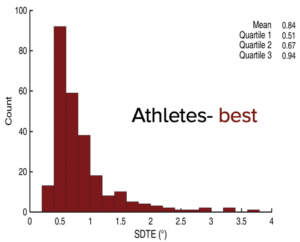
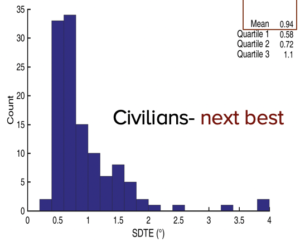
Fig 1. Comparison values for normative eye tracking in athletes and civilians.
Now, when we take a closer look at athletes specifically, we find we can classify high performers and poor performers from the normal population. This gives us context as to what “elite” brain performance looks like. Furthermore, if we know what “elite” brain performance looks like, not only can we look for this when screening draft eligible prospects, we can also identify the effect that fatigue can have to degrade elite brain performance. Let’s go back to our questions to dig deeper.
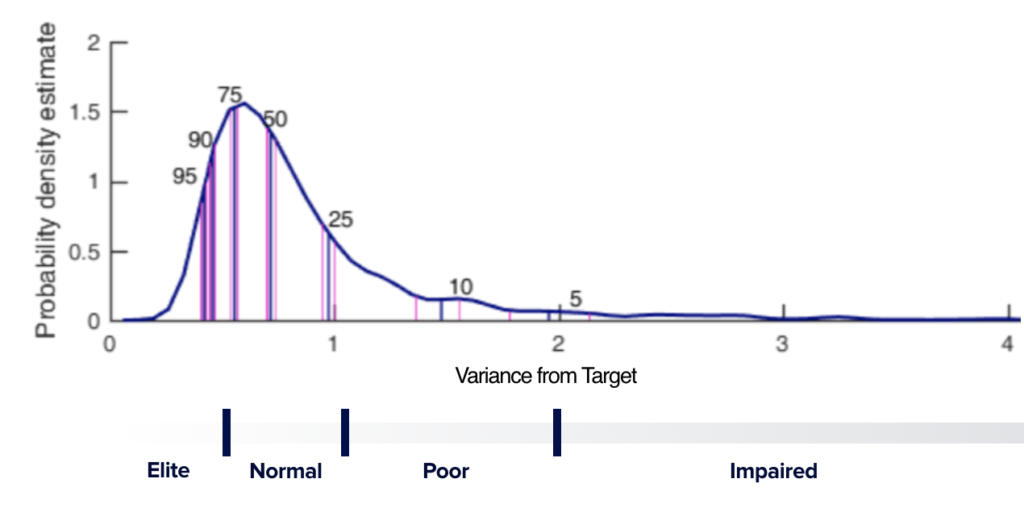
Fig 2. Sample athlete norms with classification.
- How do I know if someone has poor eye tracking or is just fatigued from a poor night sleep? Many prospects are nervous before workouts and don’t sleep well.
This is an interesting question, indeed. Remember that our fatigue related indicators are identified with an increase in the radial variance during smooth pursuit – this represents the degradation of spatial attention that is so critical to high level cognitive function. If we see this, it is usually an indicator that the prospect has not benefited from sleep related recovery from the day prior. This is not an indicator of physiological fatigue or injury, as we only see the radial variance adjust from one day to the next. In many cases, the variance in the radial direction is greater than in the tangential, and looks like a loose ball of yarn unraveling.
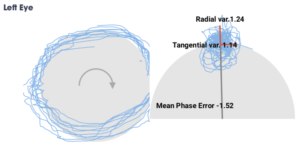
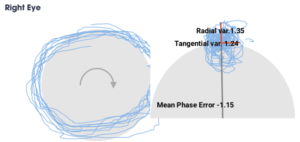
Fig 3. Example of degraded brain performance due to fatigue/poor sleep recovery.
The interesting point to make in all of this, is that the performance in these cases are not typically classified as “poor”, suggesting that they are not that far from “normal” or even “elite” classification. In this situation, implementing and managing a recovery process with an emphasis on sleep hygiene is enough to improve brain performance towards an athlete acceptable range for their age and sport. What we have seen in practice from all sports we work with is that a comprehensive athlete management plan can successfully mitigate the effects of fatigue observed in the figure above before performance decline or injury occurs.
- If I only get to meet with the prospect once before the draft, and I use your system, can I tell if they have room to improve with specific training that we provide?
The answer is yes. But will they improve enough? That depends. So, to discover the context behind this, let’s look at a specific example. Let’s assume for a minute that we want to see if a prospect in question is an elite baseball performer, since baseball athletes are the best performers we have ever seen. In situations where we see “poor” performance not indicative of any known diagnosable impairment (they are just bad at eye tracking!), we feel less confident that a specific training regimen will actually allow the prospect to become an “elite” performer, like many of his baseball peers we see so often. Seeing this for any athlete is concerning, but even more so for a baseball prospect:
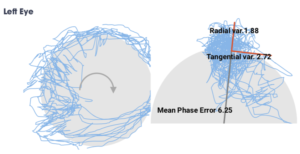
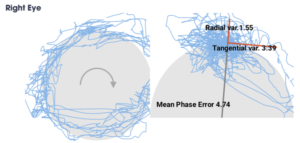
Fig 4. Example of “poor” brain performance result, less likely to improve significantly with training.
As you can obviously see, they have a long way to go from being a “poor” performer to becoming “elite”. Many times, they return to a “normal” range, but not to those of their “elite” peers. As a result, the improvement is often not enough, or not sustainable to ensure a measurable improvement in on field performance.
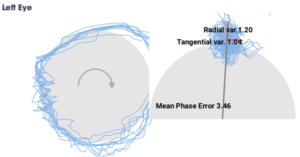
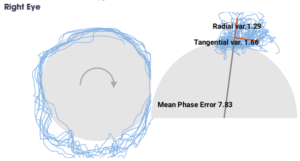
Fig 5. Example of non-significant improvement with training, relative to sport.
This, unfortunately, is a prospect teams will want to stay away from. He has improved, but not enough to meet the standard the sport has, relative to the percentage of “elite” performers playing it. Many team personnel executives have told me these types of players struggle to make it past Double A, or are the ones always injured. The bottom line here is that the farther away their brain performance is from “elite” the longer it will take and harder it will be to get them there.
- If someone has “normal” brain performance for their age/sport, is there still room to improve it if we draft them?
Conversely, we feel much more confident when we see a prospect who presents in the “normal” range, but needs to develop “elite” performance to excel in their sport. So, when we see a result like this, we feel confident in recommending a focused dynamic vision program:
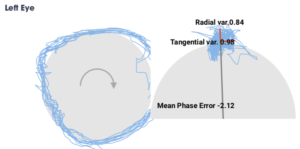

Fig 6. Example of “normal” brain performance measure at baseline.
And with training, their improvement gets them from “normal” to “elite” performance:


Fig 7. Observed brain performance improvement with training.
The natural next question after this is usually whether we can make the “elite” performers “super-elite”. Well, this is another great question. What we have seen is that some improvement can be made, but we do not consider it significant, and we recommend focusing efforts on the population that is “poor” or “normal”, rather than those who are already optimized for high performance. We’ll dive into this topic deeper in my next post when we review the performance applications for improving dynamic vision training on our system.
Using eye tracking as an objective player evaluation tool can be a simple, quick solution to uncovering the true potential a prospect may have with a focused player development structure around them. It may also provide unique insight into whether the prospect can recover, improve, or perhaps not – and whether they may be capable of reaching the lofty expectations placed upon them on draft night.